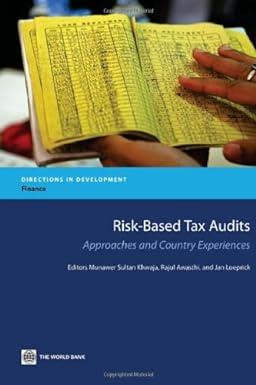Match each definition with the most appropriate accounting term. When a contingency is likely to occur and can be reasonably estimated. When a contingency could occur but is not probable. A monetary incentive to the lender, which justifies loan risk. A current situation that has an outcome that is unknown or uncertain and will not be resolved until a future point in time. Amount earned by the employee before any reductions in pay due to involuntary and voluntary deductions. A liability created when a company collects taxes on behalf of employees and customers or for tax obligations owed by the company. A debt or obligation due within a company's standard operating period, typically a year, although there are exceptions that are longer or shorter than a year. Choose... . The company's ability to reasonably estimate the amount of loss. Choose... . Accounts for financial obligations owed to suppliers after purchasing products or services on credit Choose... When a contingency is likely to occur but cannot be reasonably estimated Choose... A customer's advance payment for a product or service that has yet to be provided by the company Choose... When a contingency is unlikely to occur and may or may not be estimable. Choose... A debt to a lender with specific repayment terms, which can include principal and interest. Choose... Match each definition with the most appropriate accounting term. When a contingency is likely to occur and can be reasonably estimated. When a contingency could occur but is not probable. A monetary incentive to the lender, which justifies loan risk. A current situation that has an outcome that is unknown or uncertain and will not be resolved until a future point in time. Amount earned by the employee before any reductions in pay due to involuntary and voluntary deductions. A liability created when a company collects taxes on behalf of employees and customers or for tax obligations owed by the company. A debt or obligation due within a company's standard operating period, typically a year, although there are exceptions that are longer or shorter than a year. Choose... . The company's ability to reasonably estimate the amount of loss. Choose... . Accounts for financial obligations owed to suppliers after purchasing products or services on credit Choose... When a contingency is likely to occur but cannot be reasonably estimated Choose... A customer's advance payment for a product or service that has yet to be provided by the company Choose... When a contingency is unlikely to occur and may or may not be estimable. Choose... A debt to a lender with specific repayment terms, which can include principal and interest. Choose








